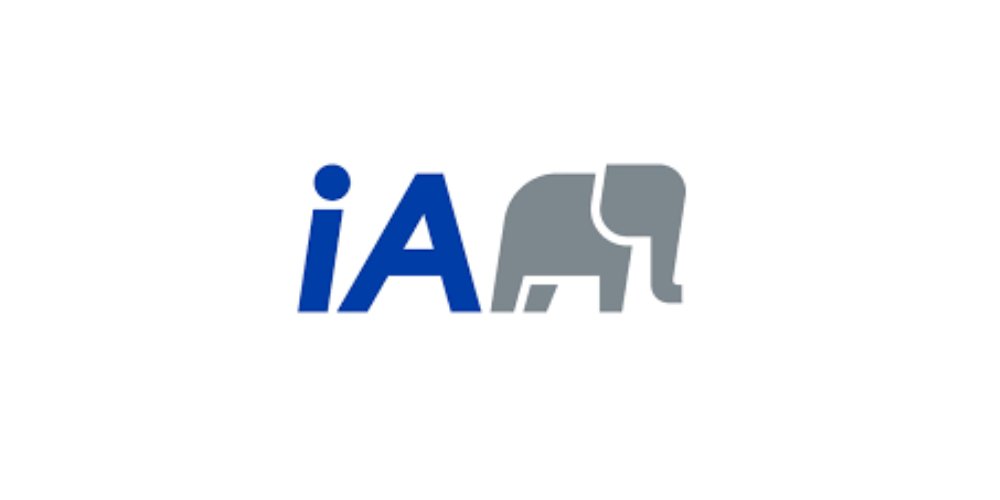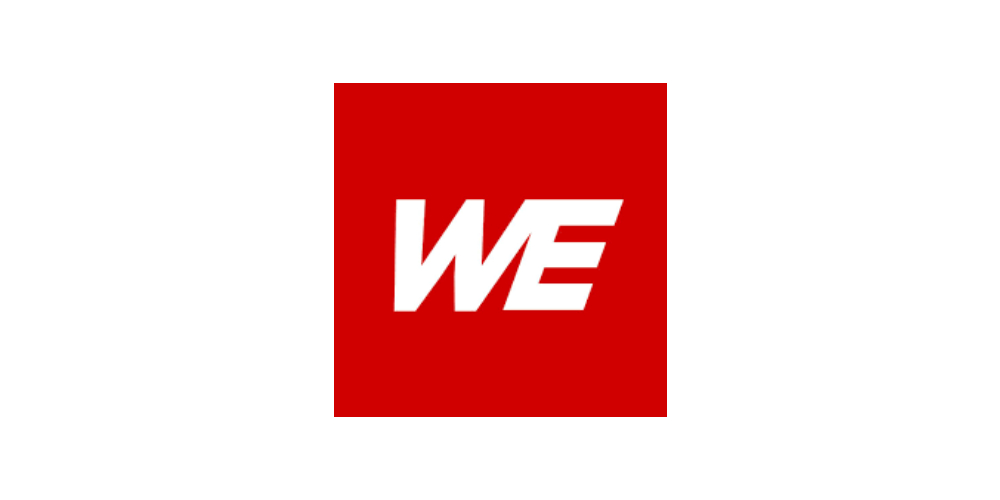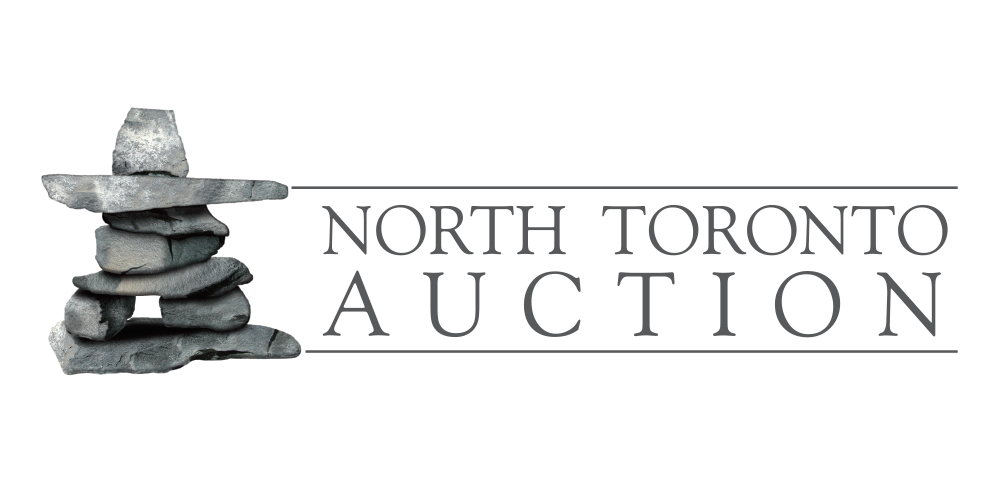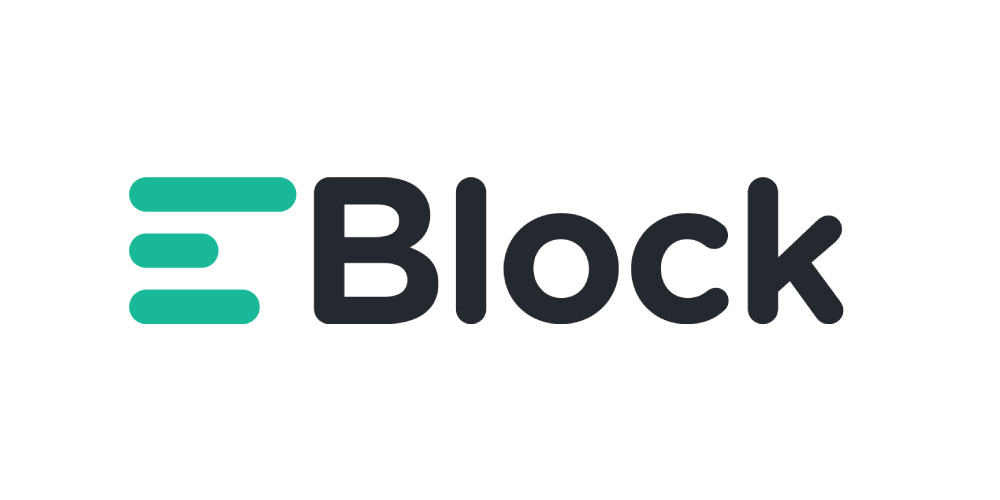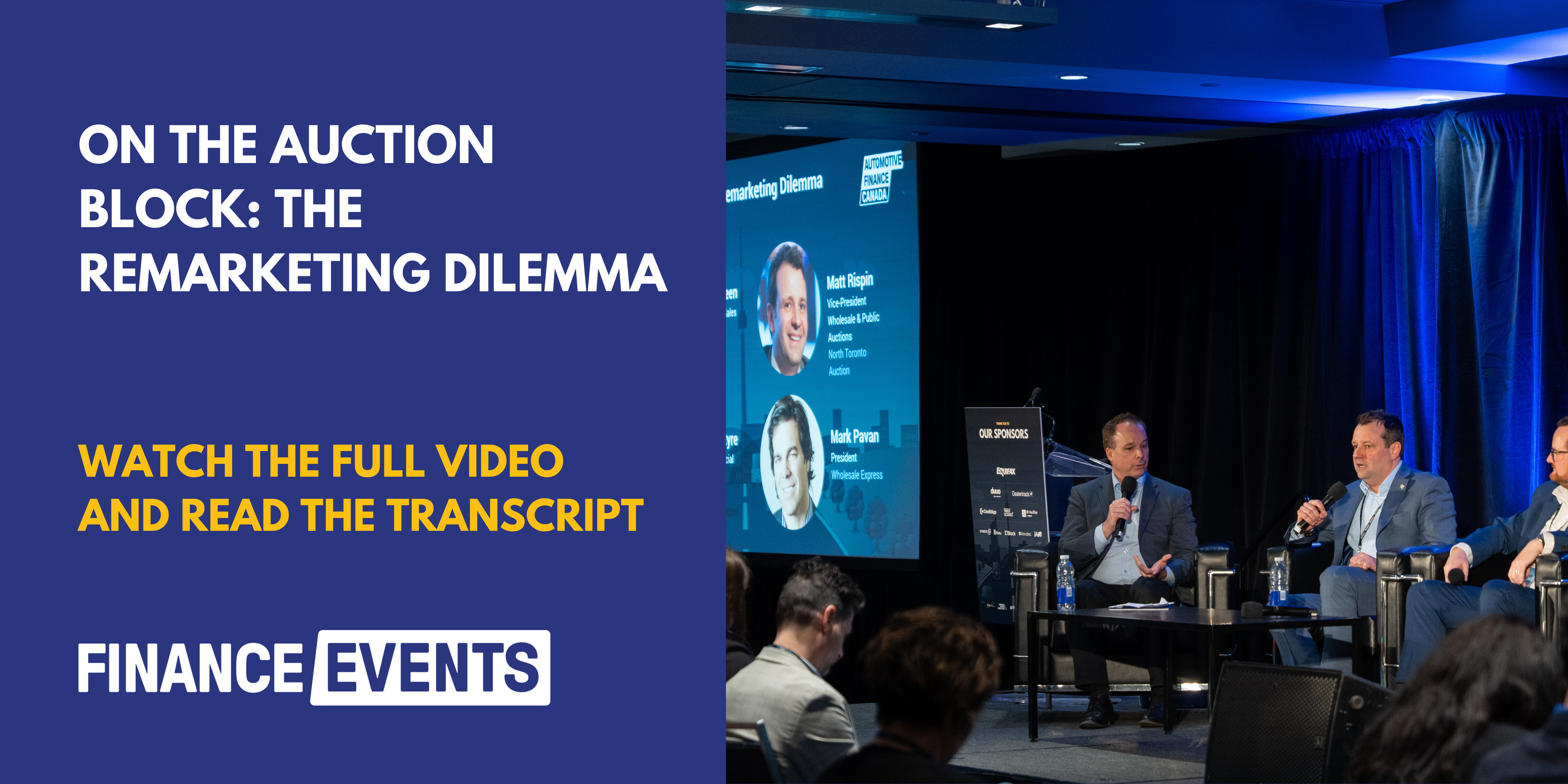On the Auction Block: The Remarketing Dilemma
Abstract: The panel on remarketing trends highlighted the growing impact of rising delinquencies on lenders, with repossession volumes increasing and vehicle conditions deteriorating. Auction consolidation has slowed processing and reduced competitive bidding, pushing lenders toward multi-channel remarketing strategies. The discussion emphasized that while used car prices appear to be stabilizing, many repossessed vehicles were originally financed at inflated 2021 valuations, making current recoveries look weaker. Experts stressed the importance of speed, transparency, and pricing discipline to maximize recovery values. Looking ahead to 2025, potential export restrictions, increasing efficiency in auctions, and the need for adaptive lender strategies will shape the remarketing landscape. The key takeaway: lenders must evolve their remarketing approaches to navigate ongoing volatility effectively.

Brendan Dineen: I’m excited about this session because the topic is both timely and critical—remarketing trends and their impact on lenders. Gary asked me recently, “What’s been the biggest impact for lenders this year?” And while sales and affordability always matter, the real story has been delinquency and losses. We’ll be diving deeper into what’s really happening in the remarketing space.
Matt, given your experience in remarketing, what changes have you noticed with the rise in delinquencies?
Matt Rispin: The numbers speak for themselves. Before the pandemic, we’d see 25 repossessions in a week. Now, I can get 27 in a single night—and that’s just a regional auction. These aren’t new clients; these are existing lenders seeing higher default rates.
Beyond volume, repossessions are coming in worse condition—more cars without keys, more personal belongings left behind, and greater administrative burden. That means higher staffing costs for us and longer processing times for lenders.
Mark, how has auction consolidation impacted lender recoveries? Some lenders feel it’s bottlenecking sales and lowering values. Thoughts?
Mark Pavan: It’s a valid concern. Fewer auction options mean higher concentration in certain regions, which slows down processing and limits competitive bidding.
What we’re seeing is a shift toward multi-channel selling—meaning lenders list vehicles across multiple platforms, both physical and digital. This increases visibility and maximizes the chances of hitting the right buyer. The key for lenders is diversification—don’t rely on just one auction model.
Bryan, eBlock started as a digital auction but has since invested in physical locations. What’s driving this hybrid approach?
Bryan McIntyre: It’s about meeting the customer where they are. Some buyers prefer digital transactions, but certain assets—especially older or specialty vehicles—still need in-person inspection.
What’s changed is how regionality impacts pricing. Previously, cars were physically transported to different provinces for better bids. Now, with real-time digital bidding, buyers from all over can compete without moving inventory. That’s improving liquidity in some markets but also creating price compression in others.
Let’s get practical—how can lenders improve their recovery values?
Matt Rispin: Three key things:
- Speed matters – The longer a vehicle sits, the more it depreciates.
- Transparent vehicle history – Buyers want full condition reports and inspections.
- Commitment to sell – Lenders who hesitate on pricing lose buyer confidence. First money is often the best money.
Mark Pavan: I’d add that relationship management is key. Lenders who communicate clearly and consistently with auction partners see faster sales and better buyer engagement. Buyers remember which lenders price realistically and which ones hold out too long.
We keep hearing that used car prices are stabilizing, but lenders say they’re still seeing lower recovery rates. What’s the truth?
Mark Pavan: Data can be misleading. Wholesale prices aren’t rising uniformly—certain segments are holding while others are declining. Many repossessed vehicles were financed at inflated 2021 valuations, making today’s prices seem worse. The market isn’t broken—expectations just need to reset.
Bryan McIntyre: Exactly. The pandemic era artificially inflated vehicle values, and now we’re back to a normal depreciation curve. Lenders who originated deals at peak prices are feeling the pain. But for buyers, it’s just business as usual.
Where do you see remarketing heading in 2025?
Bryan McIntyre: The biggest wildcard is export restrictions. If U.S. tariffs limit Canadian vehicle exports, we could see an oversupply of used cars, driving down domestic prices.
Matt Rispin: Efficiency will be the focus. Auctions will streamline logistics and digital integration to handle rising repossession volumes more cost-effectively.
Mark Pavan: And lenders must adapt. Multi-channel remarketing, faster decision-making, and realistic pricing strategies will be the difference between minimizing losses and taking major write-downs.
Brendan Dineen: Key takeaways for lenders:
- Delinquencies are rising, and repossessed vehicles are in worse condition.
- Auction strategies must evolve—don’t rely on a single model.
- Liquidity will be unpredictable—tariffs, consolidation, and inventory shifts all matter.
- Speed and transparency drive better remarketing outcomes.
Thank you, Matt, Bryan, and Mark for sharing your insights. Let’s keep this conversation going—better data, better communication, and better remarketing strategies will help all of us navigate this evolving landscape!
Sign up for our 2026 Summit Series


